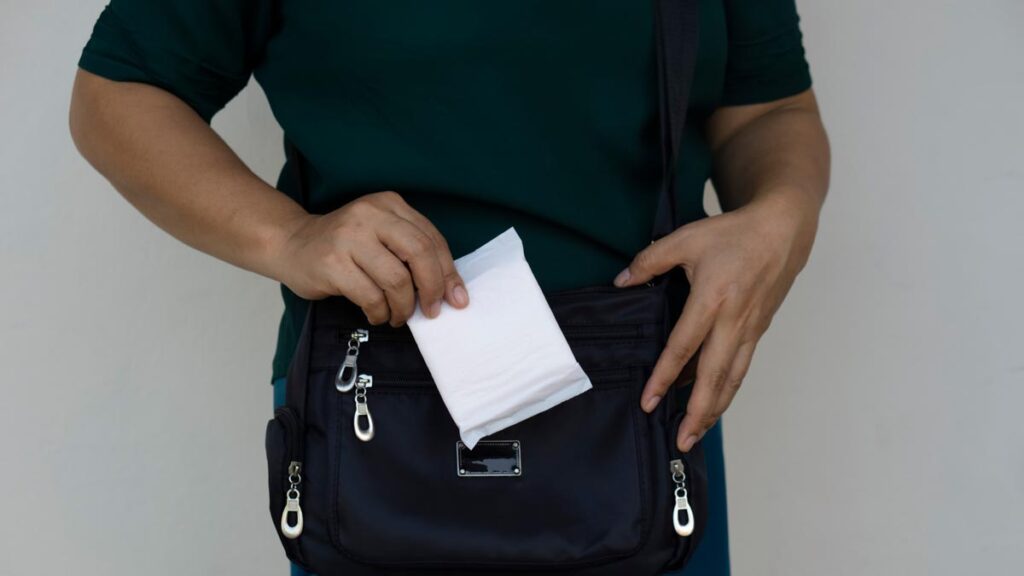Every month, during their menstrual cycle, women wear sanitary pads and change them at intervals, depending on the blood flow. Wearing a pad is meant to make life more comfortable, but sadly, it can do the exact opposite sometimes.
One significant way sanitary pads bring about rashes is the long hours of wearing and changing pads, owing to moisture, the pad’s material, fragrance, and sweating. It can also lead to itching, redness, and even swelling. Rashes can worsen as continuous friction is set up by sanitary pads, particularly around the thigh region.
Another way sanitary pads can cause rashes is the allergic symptoms generated by these tampons. Women might inadvertently be exposed to allergens from the chemicals used in sanitary pads. Acrylates are used, which helps the pads be more absorbent, and bleach is also used, which makes the pads look white.
The fully polymerised chemicals don’t cause reactions, but primarily acrylates can lead to allergic reactions. Wearing cotton pads is beneficial because the benefits are endless, from being gentle on the skin to absorbing sweat. This generates less friction and moisture heat for you to be rashes-free.
Maybe you’re the type of person with sensitive skin; using other types of pads (aside from cotton pads) might irritate your skin, and you may develop rashes on your thigh and vagina area. It is crucial to get your rashes examined by a doctor, as many other conditions can cause related symptoms.
If you’re sure your rash is due to sanitary pads, the tips below will help you prevent it from occurring;
Choose suitable sanitary pads
There are various types of pads; therefore, it is essential to avoid gimmicks and choose the one that suits your skin. The best feature of a sanitary pad is to be a quick absorbent with a soft external layer.
Organic or cotton pads don’t contain any harmful chemicals or dyes. These pads may be advisable for those with sensitive skin (having rashes almost every time they are on their periods) to use.
Keep the intimate area dry
Keeping your intimate area dry and constantly clean can’t be sabotaged. It is advisable to ensure that the pH level of the vaginal is at the appropriate level. An average pH level will ward-off bacterial growth.
Use menstrual cups
Sensitive skin women should consider switching to menstrual cups. Besides helping prevent rashes, these cups can also hold more blood than sanitary pads.
Use soothing cream if rashes occur
It is desirable to use some particular creams to help soothe your rashes. You can use lotions such as calamine or vaseline petroleum jelly to comfort the rashes. If there are no positive changes after using such creams and stopping using sanitary pads after a few days, it is better to talk to a doctor.

